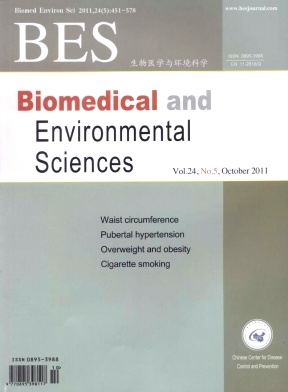Developmental Toxicity in Mice Following Paternal Exposure to Di-N-Butyl-Phthalate (DBP)
doi: 10.3967/0895-3988.2011.05.017
-
Key words:
- Di-n-butyl phthalate /
- Paternal exposure /
- Pre- and postnatal effects /
- Male-mediated developmental toxicity
Abstract: Objective The aim of the present study was to investigate the effects of paternal Di-N-butyl-phthalate (DBP) exposure pre- and postnatally on F1 generation offspring,and prenatally on F2 generation offspring.Methods Male mice were exposed to either 500 mg/kg or 2000 mg/kg of DBP for 8 weeks,and mated with non-exposed females.Three-quarters of the females were sacrificed a day prior to parturition,and examined for the number of living and dead implantations,and incidence of gross malformations.Pups from the remaining females were assessed for developmental markers,growth parameters,as well as sperm quantity and quality.Results There were no changes in the fertility of parents and in intrauterine development of the offspring.Pups of DBP-exposed males demonstrated growth-retardation.Following paternal exposure to 500 mg/kg bw of DBP,there were almost twice the number of males than females born in the F1 generation.F1 generation females had a 2.5-day delay in vaginal opening.Paternal exposure to 2000 mg/kg bw of DBP increased the incidence of sperm head malformations in F1 generation males;however,there were no changes in the fertility and viability of foetuses in the F2 generation.Conclusion Paternal DBP exposure may disturb the sex ratio of the offspring,delay female sexual maturation,and deteriorate the sperm quality of F1 generation males.
| Citation: | Malgorzata M. DOBRZY(N)SKA, Ewa J. TYRKIEL, Krzysztof A. PACHOCKI. Developmental Toxicity in Mice Following Paternal Exposure to Di-N-Butyl-Phthalate (DBP)[J]. Biomedical and Environmental Sciences, 2011, 24(5): 569-578. doi: 10.3967/0895-3988.2011.05.017 |







 Quick Links
Quick Links
 DownLoad:
DownLoad: